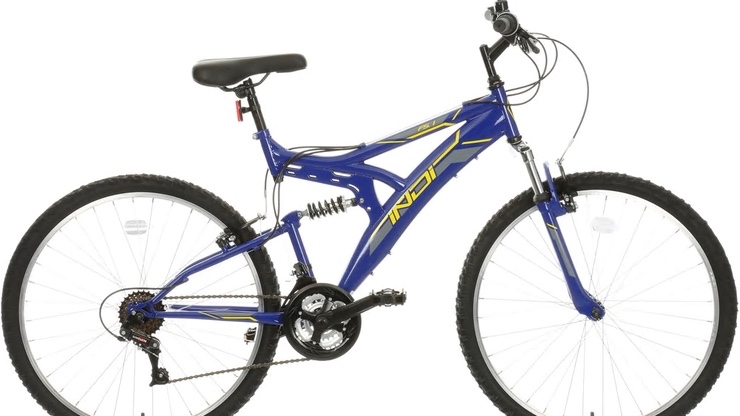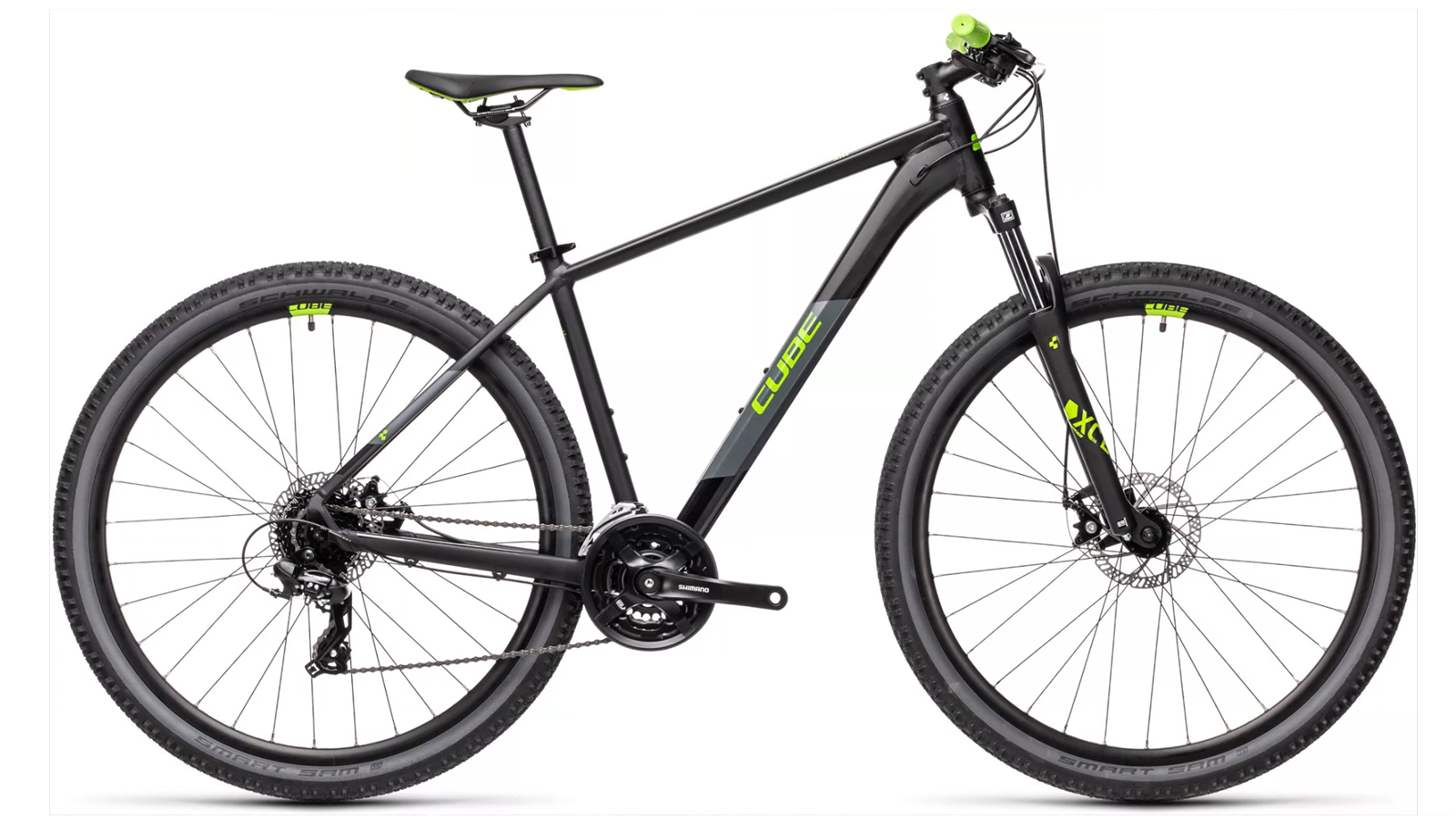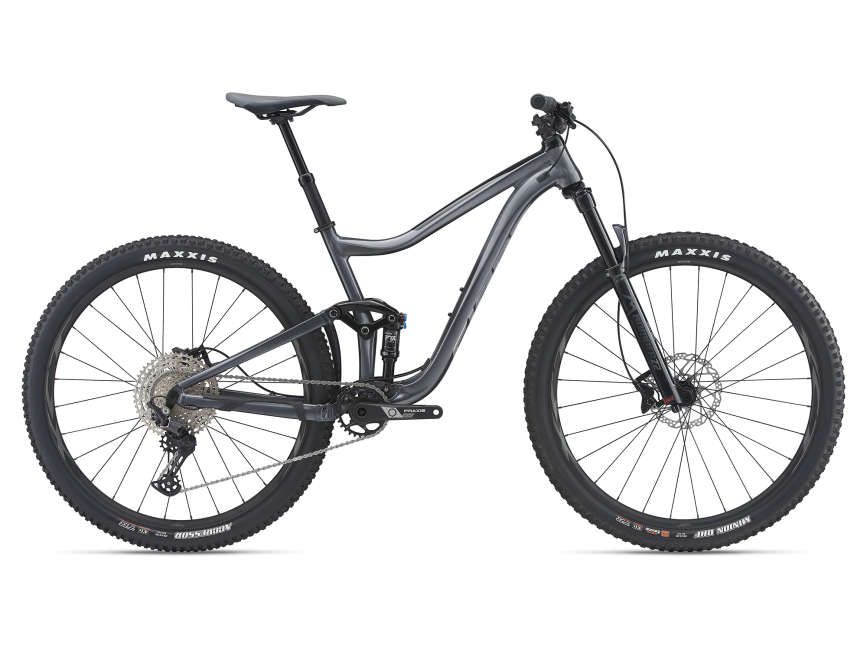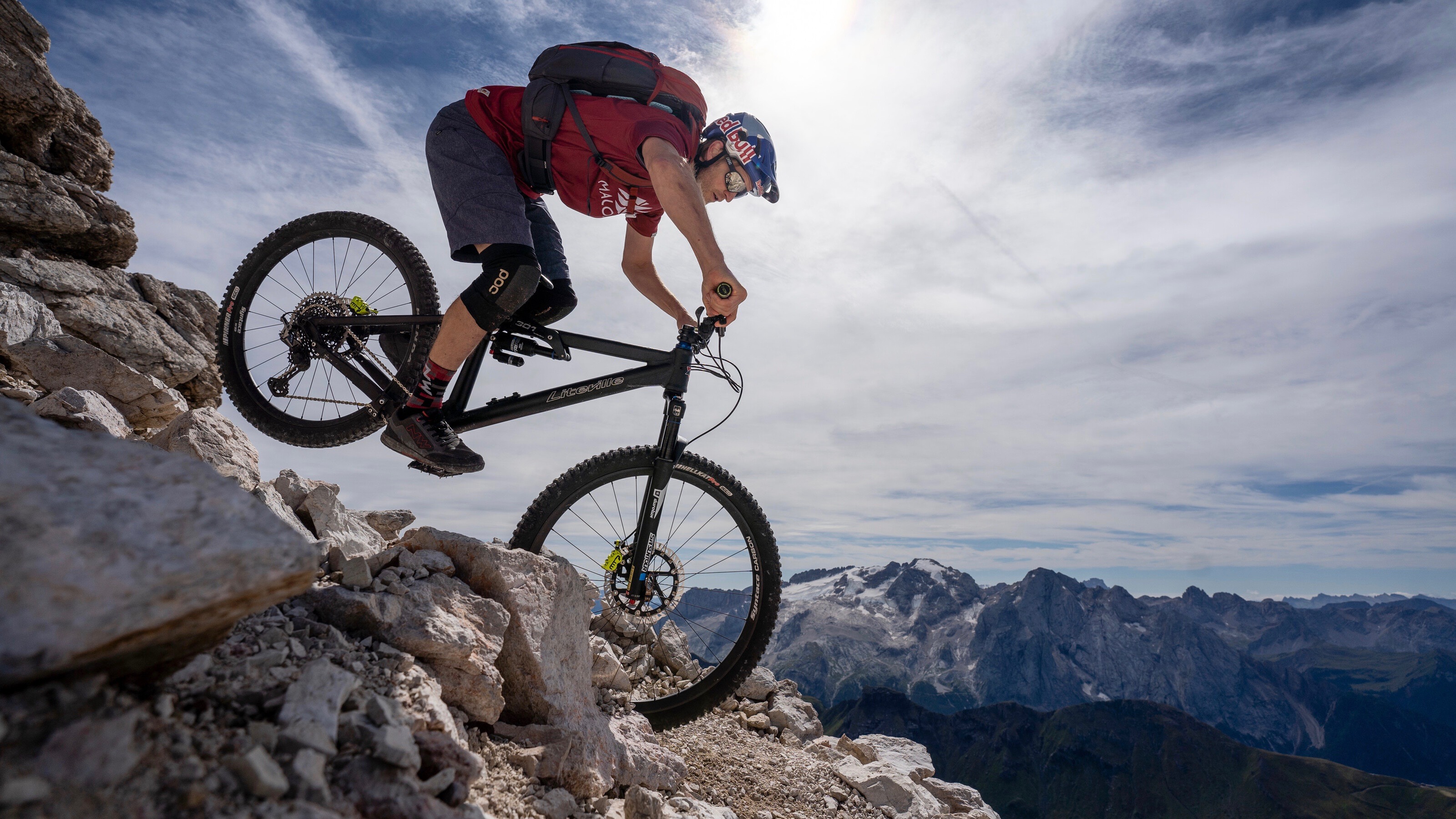How much is a mountain bike? Here's what to pay and what you'll get for your cash in 2022
You don't have to spend a fortune to get a properly capable bike – but spending too little may come back and bite you

If you're wondering how much a mountain bike costs, chances are you're just starting out and looking for your first bike. And while nobody needs a top-end superbike at this point, you do need a good, solid platform that's just going to get out of your way and let you ride, learn and have fun.
The short answer is something like that will cost at least $700-$800 or £700-£800.
What's tricky is the sheer volume of choice, and the huge spread of prices – especially as you can get things that look just like mountain bikes for just a few hundred dollars. However, rigs that ride like mountain bikes simply cost more to create than that.
There's an old engineering adage attributed to Keith Bontrager: 'Strong. Light. Cheap: pick two.' From the $500 mark down, you're realistically only picking one, and obviously that's cheap. But weak and heavy bikes don't tend to be fun, or last long, once you get off-road.
The cheaper you go, the less likely it is the parts are well designed for off-road use, so will be badly affected by mud, water, vibration and impacts. Similarly, frames are unlikely to have well-considered geometry, which can make them feel nervous, unstable and awkward no matter how good a rider you are.
You might end up thinking you don't enjoy mountain biking, when actually it's just the bike!

On a budget? Choose a hardtail
So you need to spend enough that you're getting strong and well-designed bike, and the trade off for it being cheap is simply a little more weight.
For value, a hardtail (a sprung fork and a rigid rear) is best, simply because it takes less stuff and less effort to build one. Aluminum will be your material of choice, as both carbon fiber and steel – once the norm, now 'boutique' – are more expensive.
For a long time the threshold where this kind of bike began was around $500 (or £500), but unfortunately that's changed over the last few years. Huge chains of global events have pushed the price of 'entry level' mountain bikes up along with everything else.
While you can still get hardtails with decent frames for around $600 / £600, in reality the sort of solid, entry-level spec you should look for is more like $750-$900 (and the same in Sterling). Below this point, you're almost certain to be seeing compromises on fork, brake and gear specs that will meaningfully mask the bike's true ability.

Why? Because everything costs more. Raw material and shipping prices in particular have risen massively over the last few years (as have delays, which in turn can lead to extra storage costs), and that's true for pretty much every part needed. It's made building previously affordable bikes suddenly hard or impossible. [For more on this, see 'the price of bikes, part two' written by our test guru, Guy Kesteven – Ed.]
Consequently, many brands have added low-spec versions to the bottom of their ranges just to stay somewhere close to the $600 mark. While these aren't necessarily bad, they won't be firing on all cylinders, and will cost more to upgrade in the long term.
It's worth remembering that, while 29in wheels have advantages, they (and their tyres) are also heavier and harder to build as strong for a given price, so 27.5in wheeled bikes can often be better value.
If you're looking for a quality hardtail with major components from big brands (RockShox, Fox, Shimano, SRAM and the like) and named-series parts (large companies also make more basic, 'original equipment' bits that tend to just get serial numbers) a good benchmark cost-wise is $1,000 to $1,500 or £1,000 to £1,500.
If you're after a hardtail with higher-performance drivetrains, brakes and forks, you'll need to budget $1,700 to $2,000 / £1,700 to £2,000. And after that, of course, the sky is the limit, though be aware that the law of dimishing returns may also start to kick in upwards of this point.
If you're looking for a quality hardtail with major components from big brands, a good benchmark cost-wise is $1,000 to $1,500 or £1,000 to £1,500.

Full-suspension bikes
Of course all the same things are true for full-suspension bikes, only here you have many more things soaking up budget – the rear shock, bearings, pivots, bolts and more. Those things are also adding weight as well as cost, and with cheaper, heavier components, an entry level full-suss can easily weigh around 34lbs (15.4kg). Which is really getting to the limit of what most people find fun to pedal around.
Cheaper, when it comes to full-suspension, is around the $1,300 mark if you shop carefully – we rounded up a selection of the best budget full-suspension bikes only recently – but for the most part, it's best to look at bikes from the big brands in the $1,600-$1,800 range.
This is the point where you can expect to get well-sorted suspension, a decent drivetrain, worthwhile tyres and a really capable frame that's worthy of future component upgrades. However, even at the upper end of that range, there will be some element that's slightly lacking – it may have 11 or even 10-speed gearing instead of 12, lack a dropper post, or feature an old QR rear axle instead of a stiffer through-axle.
To reliably find thoroughly sorted full-suspension bikes from the biggest brands – who after all have the biggest buying power for the lowest unit costs – you're currently looking up to the $2,500 mark. Pay this much and you can reasonably expect a bike you can get on and ride for many years without worrying about making any serious changes... or worse, finding you want to but simply can't because it's not compatible with the latest component sizes and standards.
To reliably find thoroughly sorted full-suspension bikes from the biggest brands – who after all have the biggest buying power for the lowest unit costs – you're currently looking up to the $2,500 mark.

Money no object?
What's the top end of the spectrum? Well, if you want the best of everything such as electronic suspension, a carbon frame and cutting edge components, you can easily spend over 10,000 dollars or pounds.
If all these figures seem a bit daunting and, well, nuts, welcome to the world of hobbies! Mountain biking is no different from many sports (unfortunately), and the best equipment is expensive. The good news is that progress has been huge in every area over the last 10-15 years, and tires, brakes, suspension and frame design are vastly better than they've ever been.
And that's trickled down to make today's entry-level mountain bikes seriously better machines than the cheaper ones of times past, and the mid-market ones little short of brilliant.


Steve is a highly experienced journalist and rider who's been involved with bikes of all kinds for more years than he would care to remember. Based in South Wales, he has mile upon mile of swooping singletrack, an array of plummet and winch descents and everything in between right on his doorstep.
